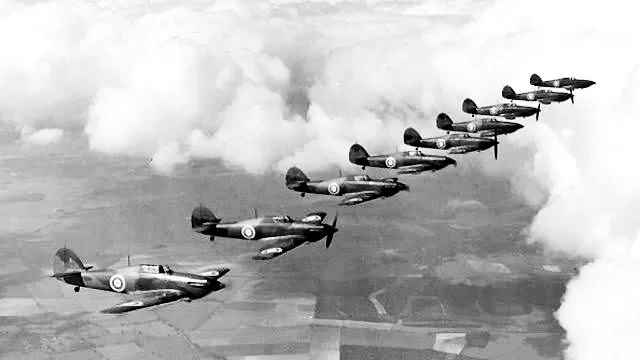By Sarah Saad
On its 92nd anniversary, the Egyptian Air Force stands as the region’s oldest airpower.
Air Force heroes have written a proud history, with decisive days and moments, when men fulfilled their promises to God, earning victory and support.
They have inscribed in the records of history the most splendid victories and the highest meanings of sacrifice and devotion, raising the banner of triumph and honour high for the generations to follow.
Their motto, ‘To the Heights in the Path of Glory’, remains and will continue to live.
The glorious October War of 1973 was, by all measures, an achievement and a miracle that will remain a significant historical event.
October 14 stands as a testament to one of the most important chapters of that war when the men of the Air Force demonstrated their ability to overcome challenges and defy the impossible.
The eagles of the sky embarked on the longest aerial battle in modern history, achieving a victory that made the enemy lose its balance, despite its qualitative and numerical superiority.
The air Battle of Mansoura is a great lesson in air combat and the most truthful testament to the combat efficiency of the Egyptian Air Force.
One-hundred-eighty fighter jets participated in the battle which took place within the operational range of Mansoura Air Base, also known as Shawah Air Base, which is named after the nearby village of Shawah in the Nile Delta region, where farmland surrounds the airbase.
From the very first day of the war, the base’s mission was air defence within its assigned operational range as determined by command.
Its primary mission was to defend Egypt’s skies and intercept Israeli aircraft day and night.
Battle that crushed Israel’s hopes and ambitions
On October 14, the Israeli Air Force launched a massive airstrike against several key airbases in northern Egypt, most notably Mansoura, Tanta, and Abu Hammad (Sheikh Gebeil) bases, in an attempt to destroy the fighter squadrons stationed there and halt their operations.
Israel had noticed significant aerial activity from these bases since the first day of combat and was dreaming of regaining air superiority over the Egyptian front, as it had over the Golan front in the early days of fighting.
Vigilant air defence radars, early warning systems, and visual observation posts along the northern coasts detected formations of Israeli aircraft approaching from the Mediterranean.
Egyptian MiG-21 fighters immediately scrambled, supported by reinforcements from other Egyptian airbases in the Delta.
The battle lasted for approximately 53 minutes, a significant duration in aerial combat.
Eighteen Israeli fighter jets were shot down by seven MiG fighters.
Three Egyptian fighter jets were lost, along with two more that ran out of fuel and whose pilots were unable to return to base.
Another plane was destroyed while flying through the debris of a downed Phantom jet.
The remaining enemy planes withdrew without achieving any specific military objectives, retreating in defeat and shame.
The battle was classified among the top six air battles in military history by a US website which listed it as one of the largest and longest air battles, involving thousands of warplanes.
We must also remember the heroes of the armed forces, including Air Marshal Mohamed Hosni Mubarak who was the commander of the Air Force at the time, and Air Marshal Ahmed Abdel Rahman Nasser, the commander of the Mansoura Air Battle and the head of the air brigade at Mansoura Air Base during the October War.
The pilots and heroes of the Mansoura Battle are forever etched in history, which is why October 14 has become the annual day of the Egyptian Air Force.
Developing the Egyptian Air Force
As we celebrate Air Force Day today, we must mention the comprehensive development and modernisation plans that were implemented in recent years.
The Air Force has been supplied with the latest fighter jets through two main approaches: keeping up with the latest advancements in aviation and diversifying the sources of weaponry.
As a result, the Egyptian Air Force now boasts a complete system of state-of-the-art attack fighters, multi-role aircraft, and helicopters.
The Air Force fleet has been upgraded in terms of transport aircraft, early warning planes, and drones.
Most aircraft have been equipped with advanced navigation systems, enabling them to receive information from global satellite systems to carry out missions with precision, ensuring the ability to execute tasks accurately and efficiently across all strategic directions of the state.
The second pillar of the Air Force’s development plan focuses on the fighter personnel and their ability to absorb advanced technology.
The Air Force has established a specialised air combat school that includes the latest in warfare training techniques.
It also has an advanced air combat results evaluation system, one of the most modern of its kind.
In addition, there are programmes for external visits and missions to benefit from the exchange of experiences with other countries, as well as participation in joint exercises and manoeuvres to keep pace with the modern technology of advanced nations.
On the operational front, the Air Force has built new airfields and fortified command rooms at all airbases and airports.








Discussion about this post